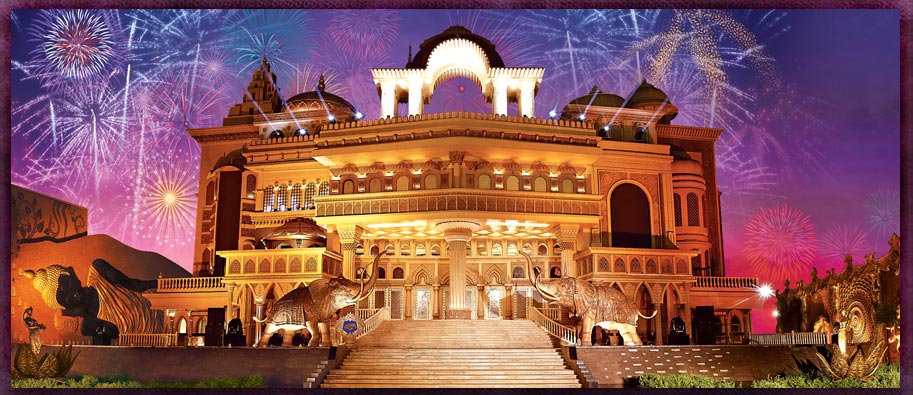There is something about theatre-the tangible characters, the silence in the auditorium, all eyes glued to the stage with no scope for any mistake. They say a true artist is one from theatre and when you add music to the mix what you get is pure magic. Musical theatre has always been around with cult classics like Gravity, Lion King and Fiddler on the Roof running in Broadway since forever with newer, grander productions always in the works. La La Land created a new wave of interest in musicals by combining story and music in one fluid film.
India has always been a cultural hub and has welcomed all forms of art with open arms be it cinema, theatre, music, art installations or any other form of art. Musical theatre in India may be seen as a fairly new genre which Indians are waking up to but one cannot forget the dance dramas which have been around forever.
The biggest musical India has seen has to be Disney’s famous Broadway musical-The Beauty and the Beast. This production was presented in Mumbai and Delhi in 2016 with an all-Indian cast and crew. Though this might be considered to be the country’s first brush with international standard musical theatre, but in reality, India has always been the hub of dance and drama and classical Indian musical theatre theory can be traced back to the Natya Shastra of Bharata Muni back in 400 BC.
Kathak is a form of classical dance which is performed on a gentle rhythm and the dancer tells storied with his/her expressive powers only-the face and the hands. Kathakali artistes take at least twelve years to master the dance form. They use facial expressions to convey emotions and are so accomplished that one side of their facial muscles can cry whilst the other side laughs. The dance dramas which are henceforth produced are vigorous and require years of training and practice. Classical dance forms use mudras or hand gestures which are used by artistes to express their feelings.
Indian musical theatre also includes Sanskrit drama which combines music, dance and gestures to create an artistic unit which is called ‘natya’. Natyas basically use dance and mime to create a dramatic experience or spectacular dance dramas. Around the 10th century then came traditional folk theatre which included the Yatra of Bengal, the Ramlila of Uttar Pradesh, the Terukkuttu of Tamil Nadu and even Parsi theatre. All these dance drama forms included a fantastic blend of music, dance, narrative, dialogues and lavish stage presentations. The ritual dance-drama of Kerala known as Kuttiyattam is still performed today in some theatres in Kerala.
When it comes to musical theatre, one cannot forget the effervescent Ram Lila which has been interpreted and showcased across the country from years. It is the finest example of musical theatre in India. Then there is also the Raas Lila depicting Lord Krishna’s early life. Open air community theatre performances with large crowds in atmosphere as vibrant as amphitheatres, musical theatre in India can be found in every nook and cranny of the country.
India has always had its fair share of musical theatre and now is a good time for meaningful productions which are topical with issues that can resonate with local audiences. Though adapting foreign concepts and stories also work, the time is ripe for exploring more indigenous stories and ideas. Indian dance dramas have been around for centuries and are a unique unbroken tradition still going strong and there are a number of professional and amateur productions across the country creating art worth remembering. Musicals are a combination of music, dance and drama and are pure entertainment and like all art forms it has the power to bring people and society together.








